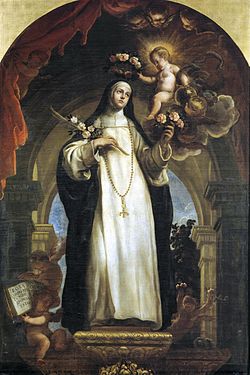Origins and passage
The regions from which most Spanish immigrants originated were Extremadura, Castilla y León, País Vasco, Andalucía, Galicia and Catalonia. Most of the colonial immigrants, in consequence, went from the southern regions of Spain to what now is considered the coastal Peruvian region. [1] These immigrants generally departed from the ports of Cádiz and Seville and arrived in the ports of Callao, Mollendo and Pimentel. Many of these immigrants made a stopover in a Caribbean port before arriving in Peru. Before the development of the Panama Canal ships were forced to go around Cape Horn to reach Peruvian ports. Although not many, a few travelers made their way from Europe to Peru via the Amazon River. These immigrants would seek passage on the many commercial ships going to retrieve rubber in Peru to bring back to Europe. These immigrants would arrive at the river port of Iquitos. Almost all of them stayed there. These immigrants numbered no more than a few thousand.
There are also a group of Hebrew origin (Sephardim), although most emigrated in the Colonial era. The Sephardim who emigrated to different countries to late nineteenth and twentieth centuries were mainly from North Africa, Anatolia and the Balkans, and not necessarily from Spain or Portugal. [2] As a result of Alhambra Decree and the conversions due to the Inquisition in Spain, Portugal and its respective colonies since the late fifteenth century until early nineteenth, mostly emigrated to North Africa, regions of the Ottoman Empire and to a lesser extent Italy, although also to the Netherlands, England and its colonies. However, many also migrated to the Spanish or Portuguese colonies in the Americas in Colonial times, most of them marranos. [3] Their descendants are mixed people with local population and profess Christianity, especially Catholicism.
This page is based on this
Wikipedia article Text is available under the
CC BY-SA 4.0 license; additional terms may apply.
Images, videos and audio are available under their respective licenses.

